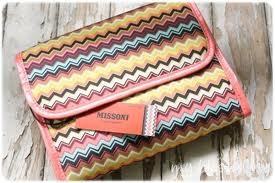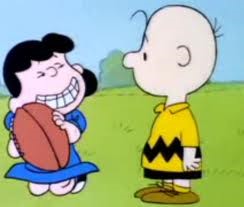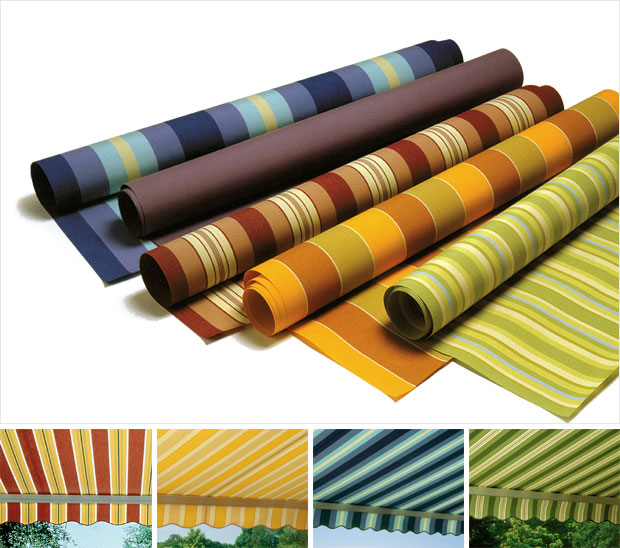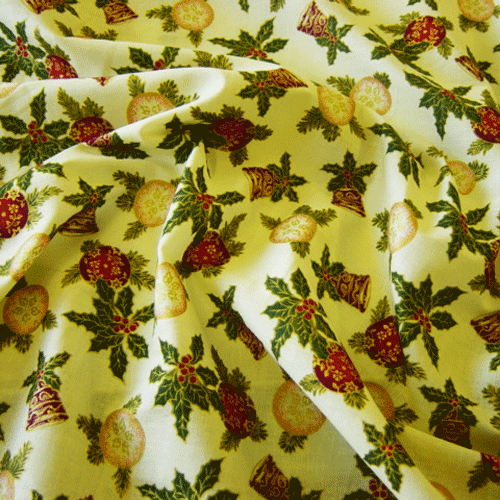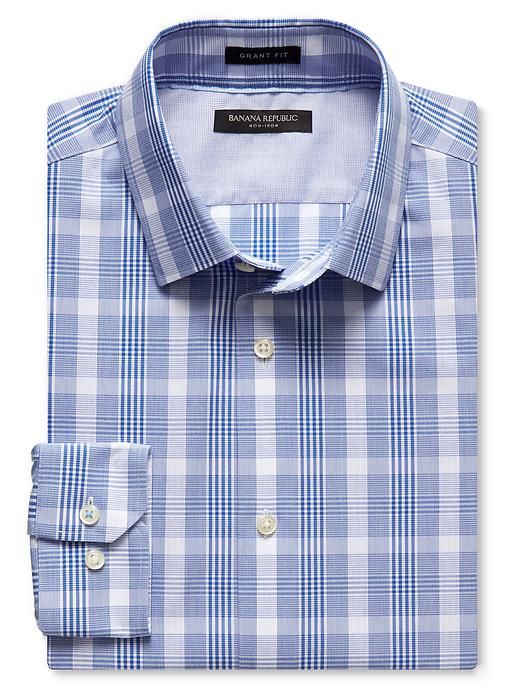It’s practically inevitable in almost any sewing or creative undertaking you partake in with fabrics that you will be left with bits and bobs left over that you have no idea what to do with. For some the simple solution is just to throw them away, however this is a waste of money and doesn’t consider the possibility that, somewhere down the line, you may end up finding a use for the leftover bits of fabric.
Of course, if you only have tiny slithers left then it is probably best to get rid of them unless you have something very specific in mind that might be able to incorporate them, but in cases where you have a decent amount remaining why not consider the following options instead?
Keep it for later
You never know when you might need a random piece of fabric for another project. For example, you might end up using it for a patchwork quilt or decide that you want to create something like a piece of artwork that will require the use of multiple types and patterns of fabric.
Furthermore, keeping the leftover fabric provides you with a little something to work with should you need to make minor repairs to the piece that you created using the fabric originally. Simply put, keeping your discarded bits and pieces in storage can have unexpected benefits down the line.
Practicing
We all have to start somewhere and, for those of us who don’t, it never hurts to get a little extra practice in using a technique we aren’t familiar with. Your discarded pieces of fabric are ideal for practicing new techniques with or for introducing somebody into the world of fabrics and fashion by giving them something to do where they don’t have to worry about getting things wrong.
Furthermore, having a stock of unwanted fabrics gives you something to play around with when you want to trial a new idea but you aren’t sure exactly how it’s going to go. Rather than wasting money on new fabrics only for the idea to not come out as desired, give it a crack with your leftovers and see what happens. You never know, you might even like the eventual result enough to keep it!
Trade it
If you’re particularly lucky you may have a local fabric exchange in your area where people come to exchange fabrics they no longer need for fabrics that they actually want. Engage with the local community and find out where these trades can be made, whether it be through a physical event or social media.
Furthermore, if you have friends with the same interest you can do the same with them. They will all likely have a little something left over from previous projects that they no longer need so get in touch and see if they would like to have a little something of yours in exchange for theirs. You may even come up with some ideas between you on how to use the spare fabrics in each of your collections.





